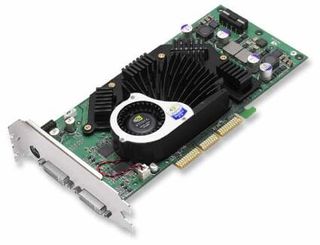High-End LCD: Samsung and BenQ
The 19" Range
25 ms : The panel just has to be an MVA or a PVA. Furthermore, it is safe to say that the panel harkens back to a previous generation. Without exception, overall, the black and color rendering are good and the angles of vision are very wide, but the ghosting remains noticeable in games and movies.
20 ms . Currently, we only know of one product in this category: Samsung's new PVA. It's pretty good, with excellent color rendering and not much breaking-up in films. But it still hasn't got the refresh rate of TN 16 ms and 20 ms panels. But so far, it is the best 19" LCD around.
The 20" Gamut
If the response time is given as 30 ms , the panel is based on old technology, and definitely not recommended for animated sequences.
Below 30 ms , it's better, but still definitely inferior to 17" and 19" panels, even if the claimed response time is 16 ms.
Tests Performed
Whatever their price and their market position, all the screens were subjected to the same battery of tests. Whether they were intended for use by graphic artists, gamers or for multi-purpose use, we subjected all to color rendering, gaming rendering, interpolation and movie playback tests. So we start off on the premise that apart from the fact that the CRTs are suitable for all purposes, a high-quality LCD aimed at graphic artists ought to have a fast enough response time to enable graphics designers or 3D game developers to do their work. However, on the other hand, gamers should not have to put up with screens displaying weird colors.
For our tests, we ran Unreal Tournament 2003 (and now 2004), Wolfenstein, GTA Vice City and Command and Conquer for gaming applications, and the movie Matrix . The color charts - some professional charts, others developed internally - were based on at least three calibrations at a color temperature of 6500 K, often one at 5000 K (screen-oriented graphics), and sometimes another at 9300 K, using the X-rite spectrogram marketed by LaCie, which has developed its own application. Finally, we dismantled all the screens to see what was inside.
Stay on the Cutting Edge
Join the experts who read Tom's Hardware for the inside track on enthusiast PC tech news — and have for over 25 years. We'll send breaking news and in-depth reviews of CPUs, GPUs, AI, maker hardware and more straight to your inbox.

Note in passing that the tests were performed on a P4 1.5 GHz computer, using a motherboard with a i850 chipset and, most important, an NVIDIA Quadro FX 3000 graphics card with double DVI output.
And now to the tests...
Most Popular

